It became a major religious and administrative centre of the Byzantine Empire, and subsequently the Second Bulgarian Empire after Kaloyan conquered the area between 1201 and 1203.
Modern location: Kyustendil, Bulgaria
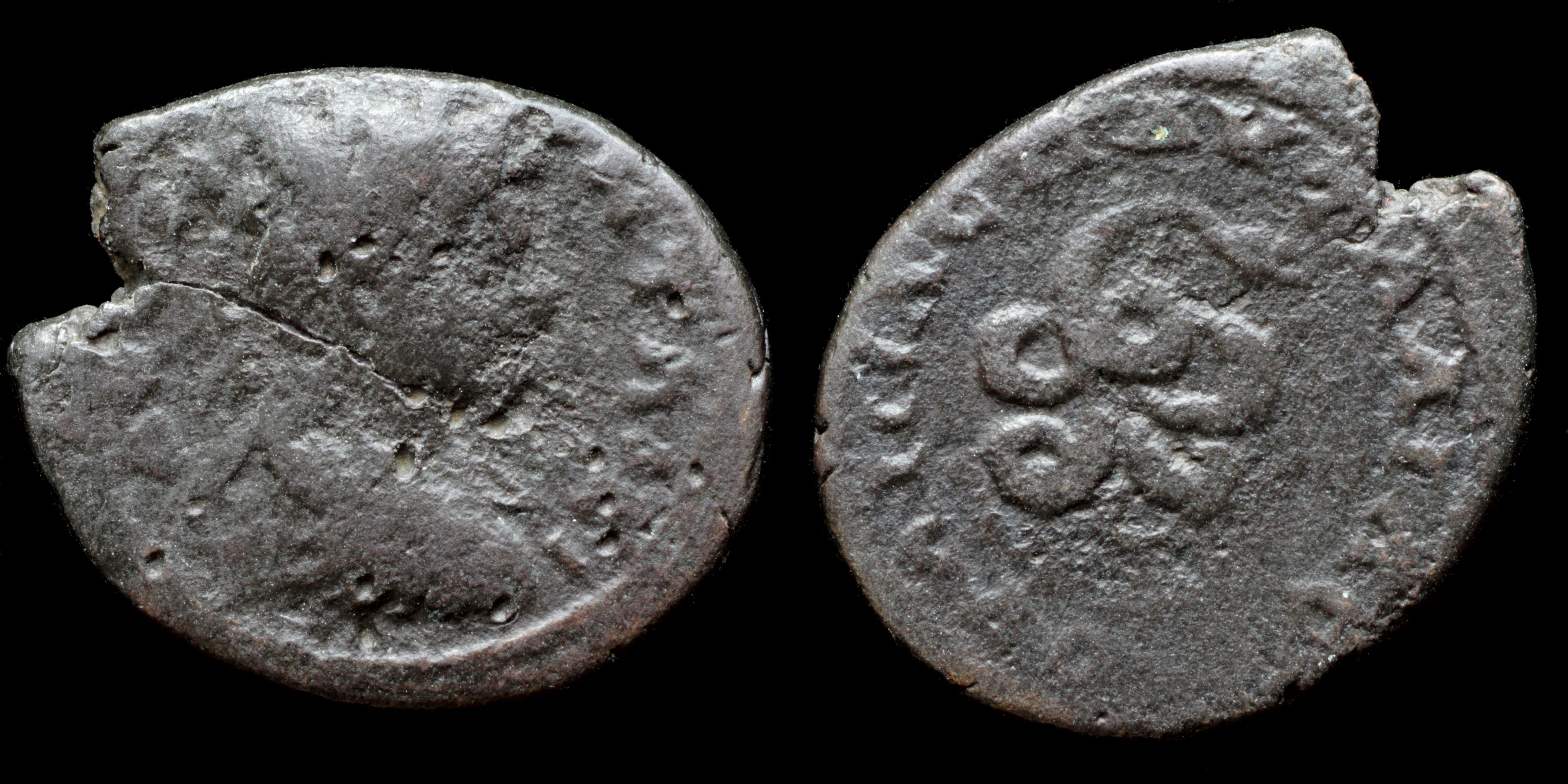
Reverse: coiled serpent, head right; ΟVΛΠΙΑC ΠΑVΤΑΛΙΑC
Die Orientation: -
Weight: 3.79 g
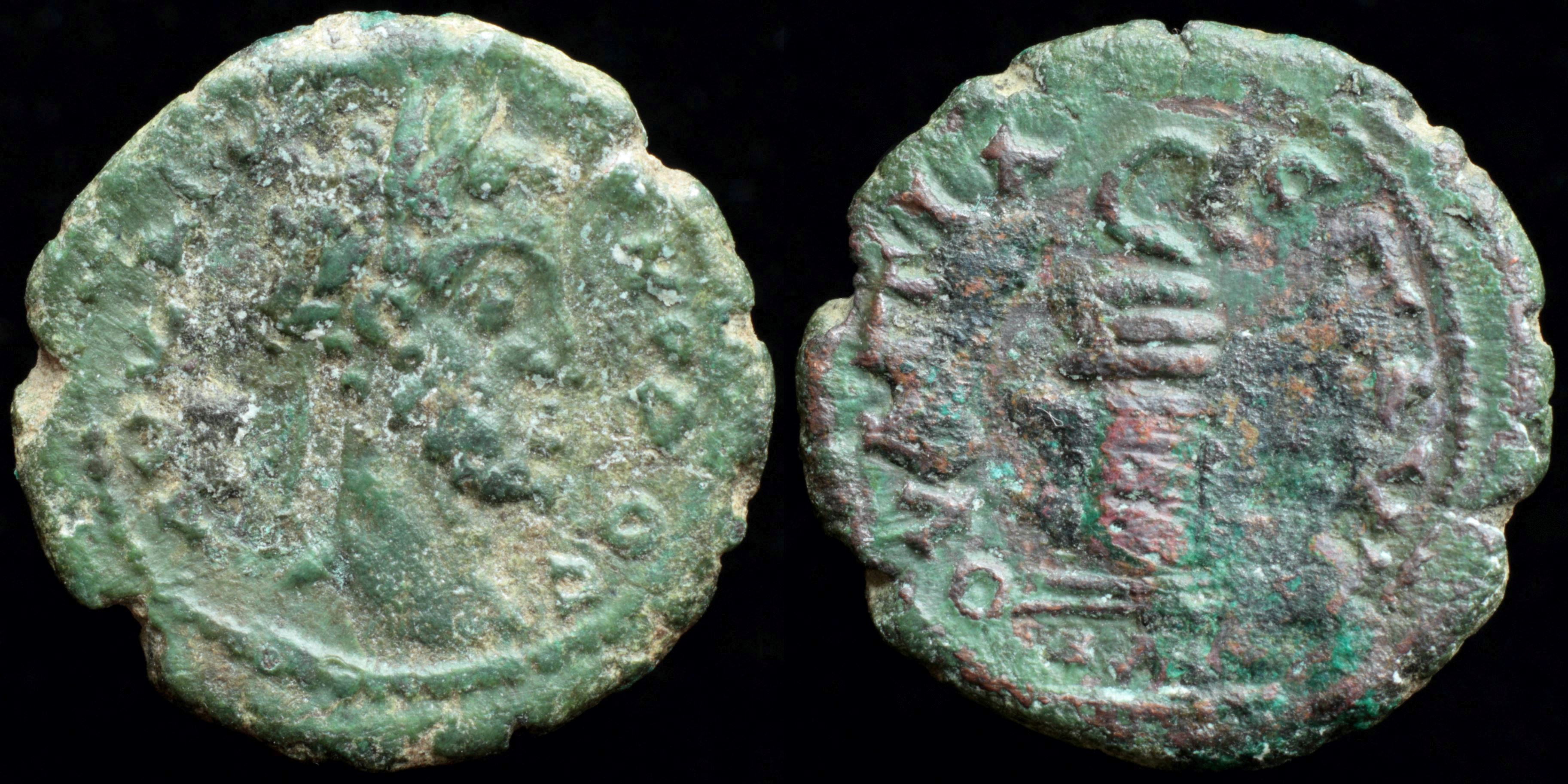
Reverse: snake coiled around altar, head right; OYΛΠIA_C ΠAYTAΛIAC
Die Orientation: -
Weight: 3.4 g
.jpg)
Reverse: OYLΠIAC ΠAYTAΛIAC, Amphora
Die Orientation: 6 H
Weight: 5.09 g
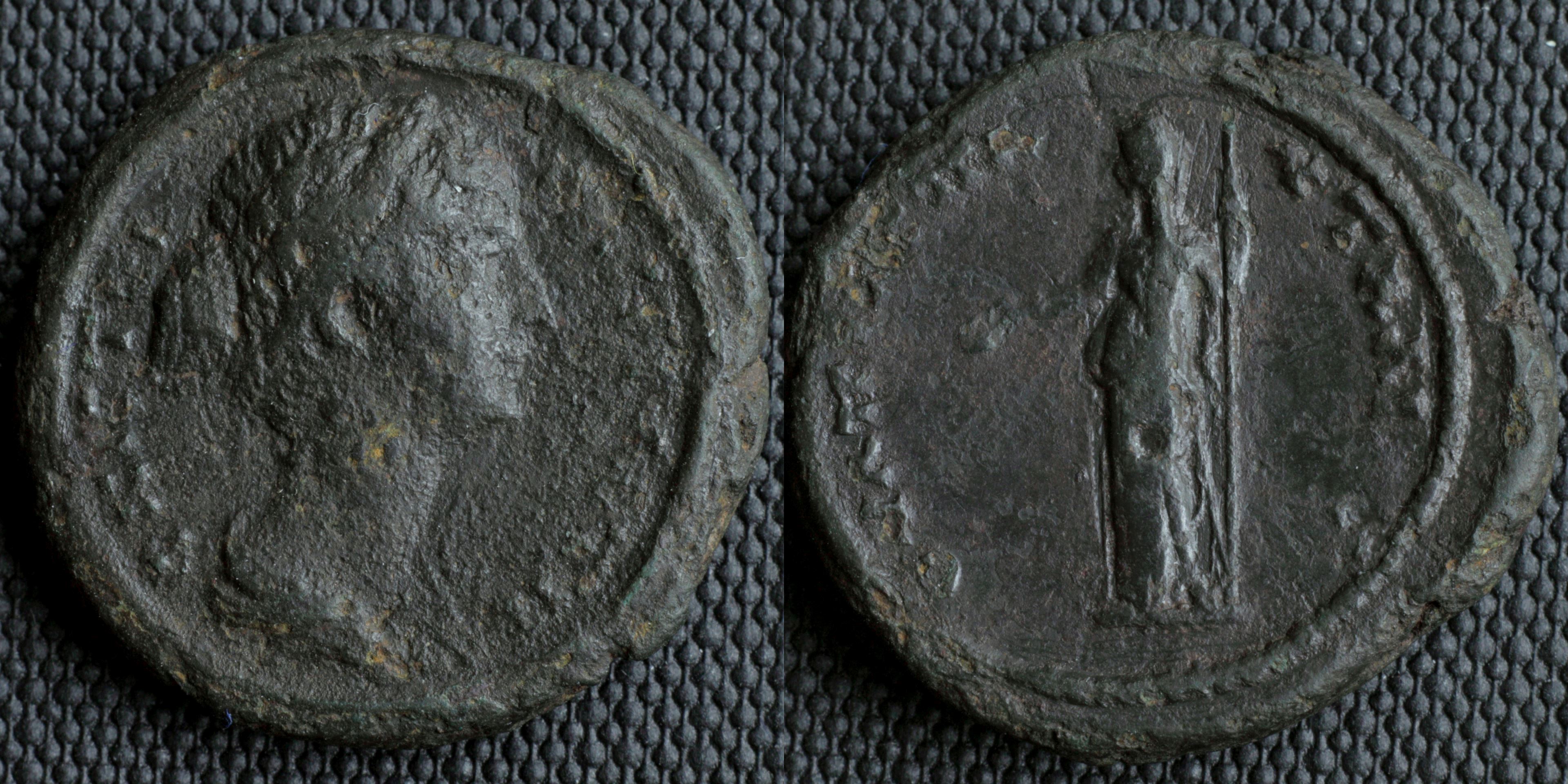
Reverse: Hera standing left holding patera and scepter; OYΛΠIAC ΠA_YTAΛIAC
Die Orientation: -
Weight: 7.77 g
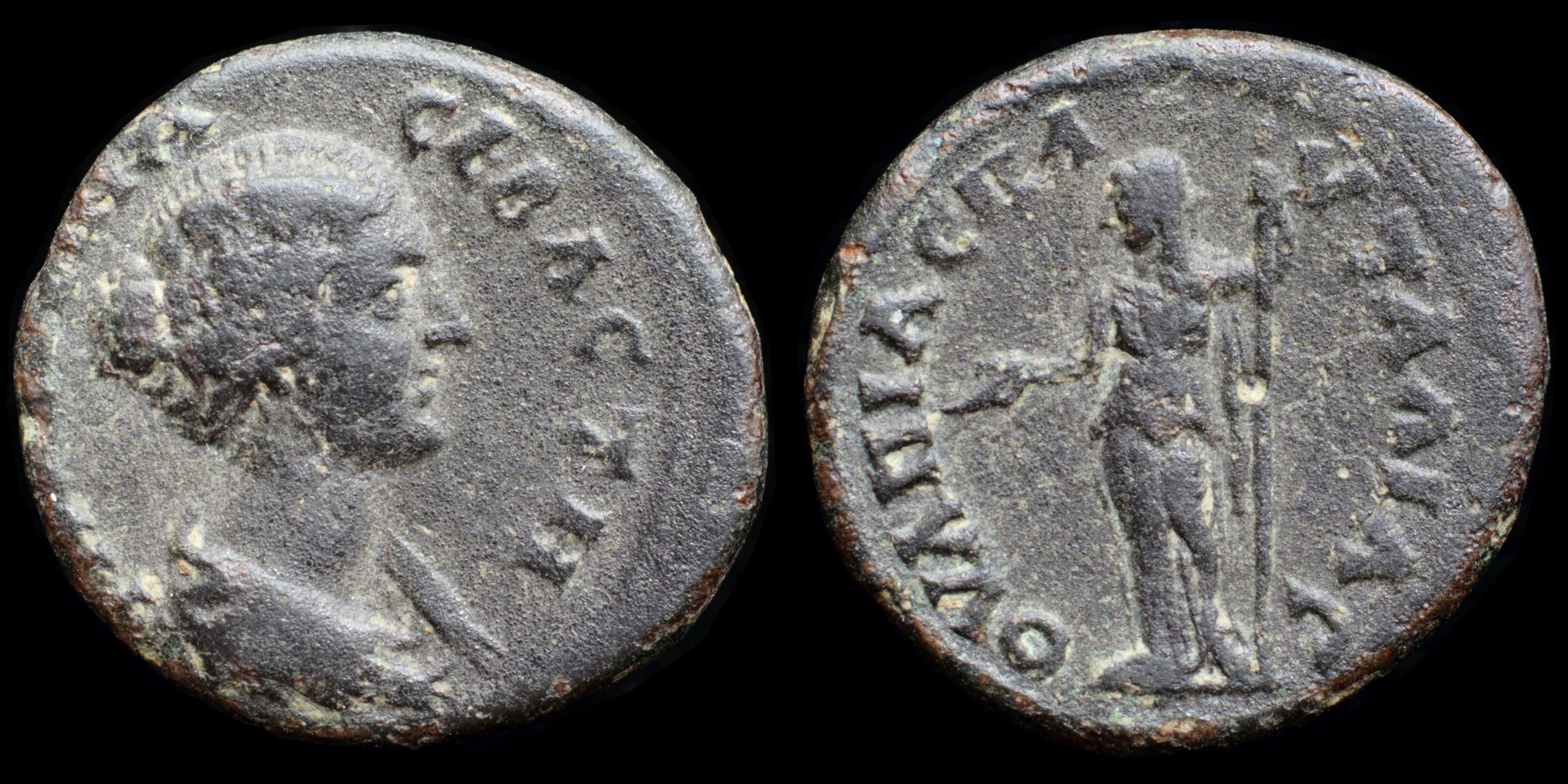
Reverse: Hera standing left holding patera and scepter; OYΛΠIAC ΠA_YTAΛIAC
Die Orientation: -
Weight: 6.1 g
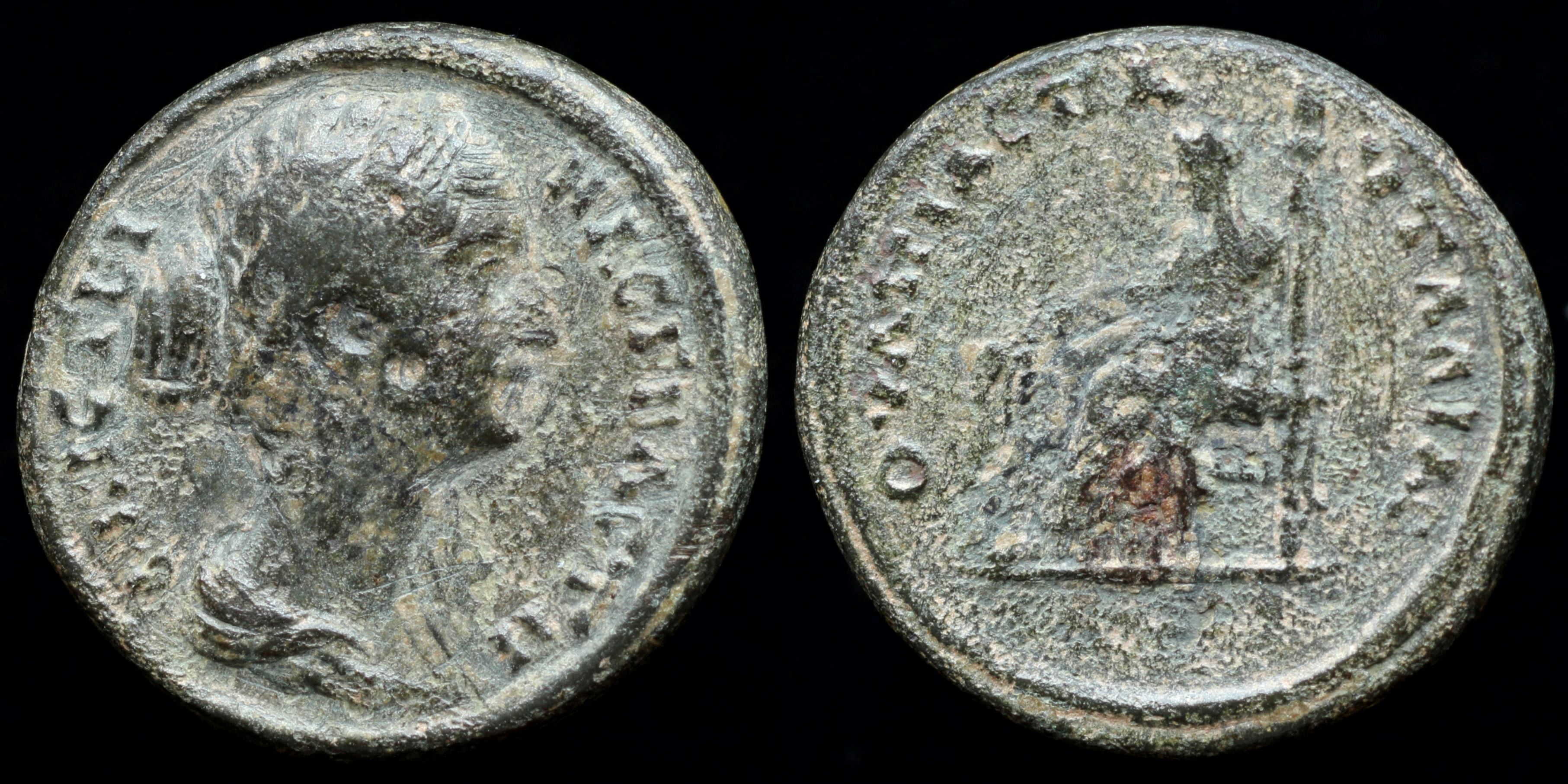
Reverse: Demeter seated left, holding corn ears and torch; OYΛΠIAC ΠA_YTAΛIAC
Die Orientation: -
Weight: 6.31 g
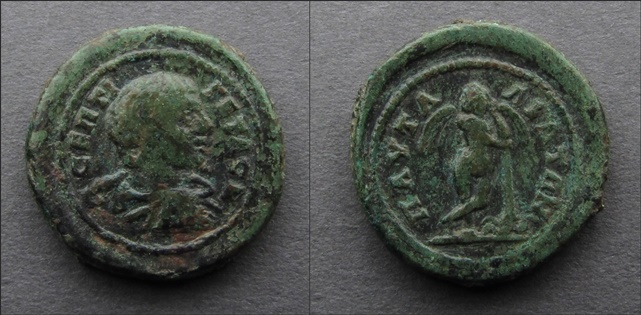
Reverse: ΠAVTA-ΛIΩTΩN, Thanatos standing slightly right, resting on lighted torch.
Die Orientation: 12 H
Weight: 6.96 g
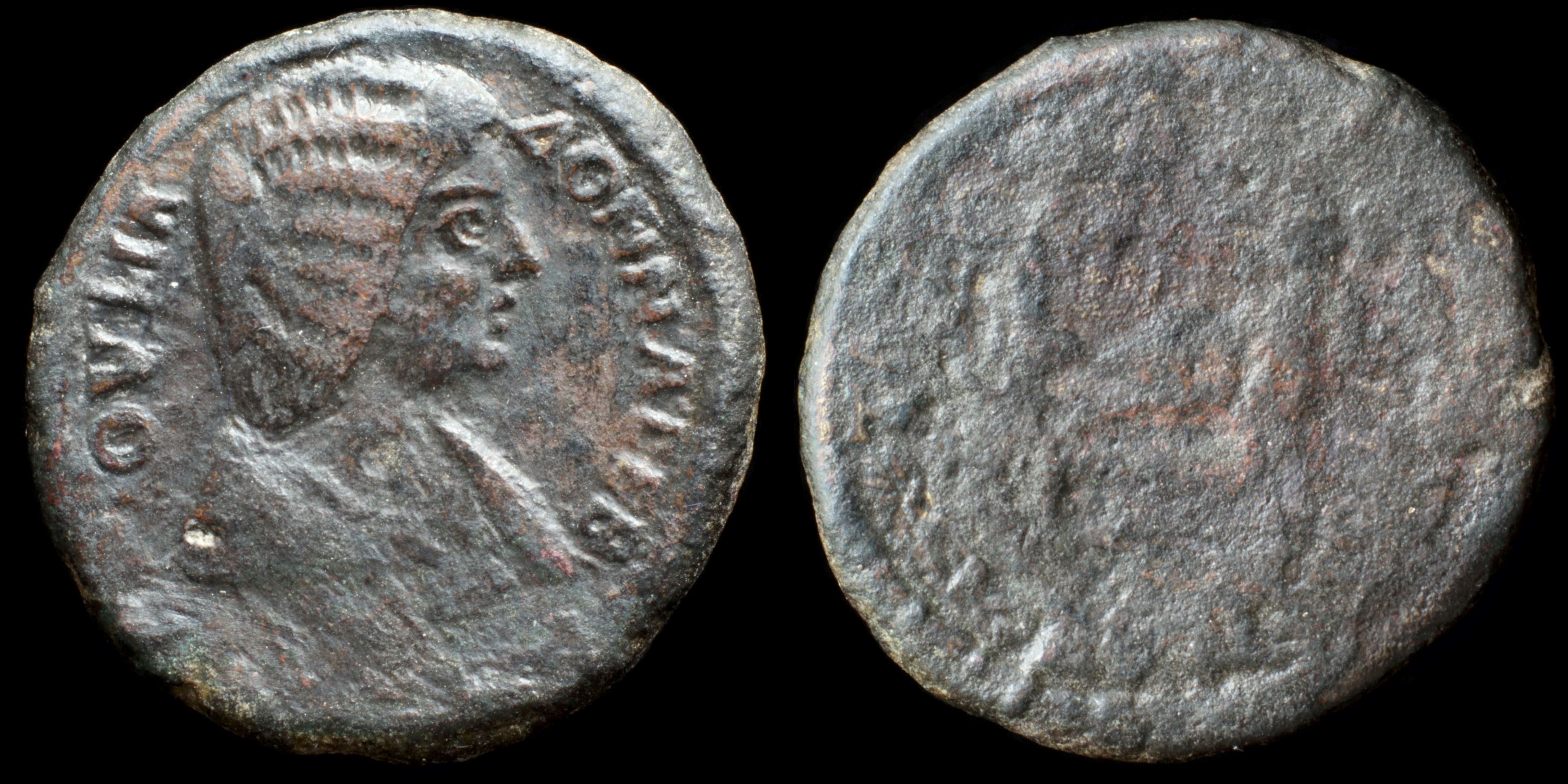
Reverse: lit altar between two torches with entwined snakes; ΠΑVΤΑΛIΩTΩN
Die Orientation: -
Weight: 7.9 g
